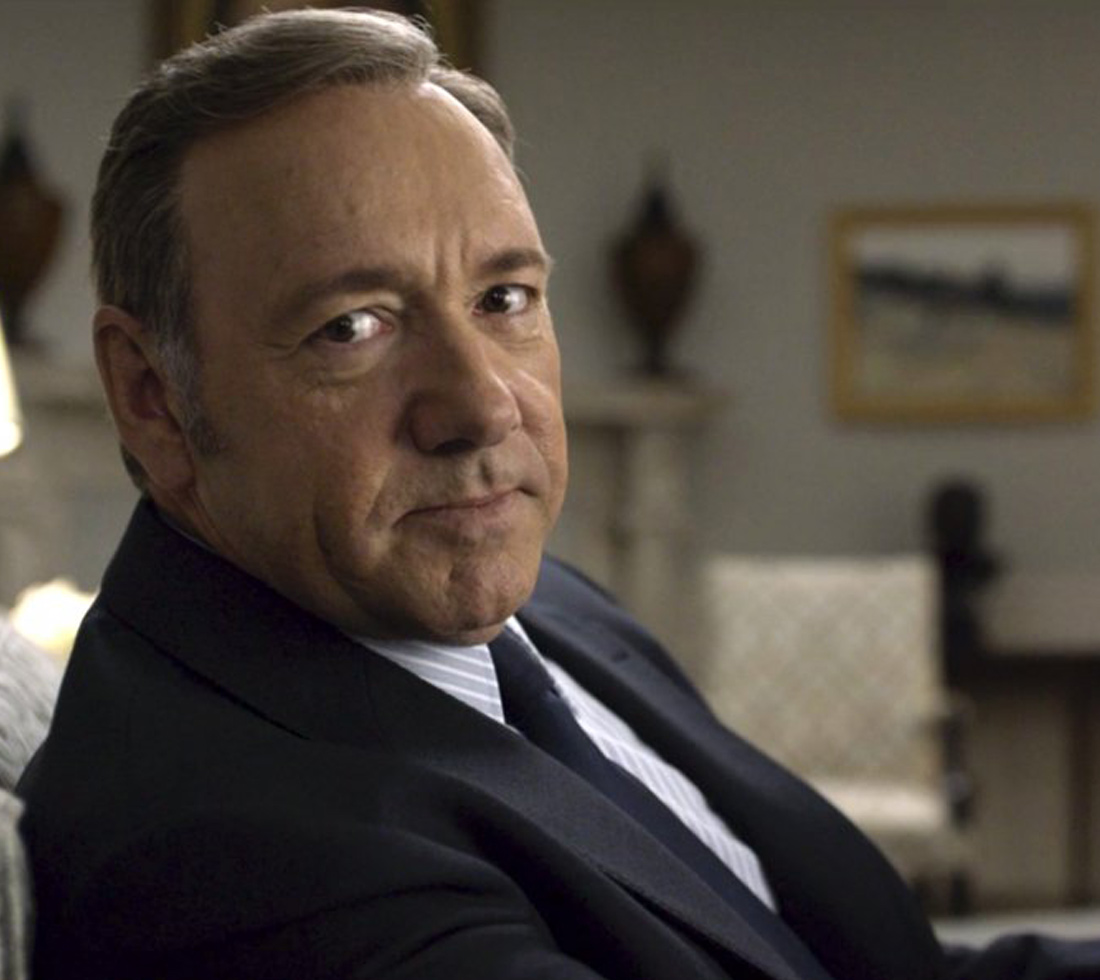When you talk about the future of the media, discussion often comes back to one key point: its different forms are all being increasingly led by technology.
Conversation is no longer about how a
cool new mobile app at festivals shows you where to get a burger, or how wonderful Netflix’s HD streaming is. It’s not about the
impact of tech on the media, because today that’s a largely irrelevant conversation.
Instead it’s about how
technology companies are now media companies, and they hold more power over the sector than anyone could have predicted when Netflix posted its first DVD in the late 90s.
Zeroes and ones rise to be media number one
Tech has already revolutionised the media.
In January 2017, stats showed that Google and Facebook - the two tech giants -
accounted for 99% of the $2.9 billion in advertising growth in the third quarter of 2016.
Given half of all advertising spend in the UK in 2016 was on digital formats, you can quickly understand why Facebook and Google should really be called ‘media moguls’ not ‘tech giants’.
And then of course there’s TV and film.
If you were to ask most people in those industries who is the sector leader, most would
want to say “the BBC” or “ITV for some great drama”. But if they were being honest, they’d say “Netflix”.
The tech giant has had a field day capitalising on several trends and problems in traditional visual media, becoming one of the world’s most successful companies as a result.
Just last week, Netflix – which still identifies itself as a technology company – saw its shares surge after it announced that it has hit
104 million subscribers worldwide. A figure driven by increasing global dominance; 4.1 million of its new subscribers come from outside of the US.
The media revolution isn’t about how technology is changing the way we view content. It’s about how technology companies have become media businesses and are leading the sector completely.
Now the dust is somewhat settling, traditional media companies are looking around them thinking “What just happened?” and “Can we salvage our audience and market share?”
It’s not about the platform – it’s about the content
Technology companies began making their way into the media by being ahead of the curve on digital streaming and other online formats.
With their technology heritage, they were always going to move more quickly with online streaming than traditional media stalwarts like the BBC.
These digitally-native businesses had already impacted other areas of society, from
shopping to
banking. They had drawn people online and quickly spotted that a huge chunk of the public was completely comfortable in this digital-first world, preferring tailored content, accessed instantaneously when and how they wanted to see it.
But pretty soon, the platform couldn’t be the differentiator. By the end of 2013, we had Netflix, Amazon Video and Hulu, plus the range of online services traditional broadcasters had launched from BBC iPlayer and 4OD to Sky’s NowTV.
The tech-native or media-native businesses running them seemed to be deadlocked, offering similar services for similar prices.
For a short while, it looked like this would be the status quo. The public would use online services from traditional media to view original content, and then for nostalgic looks back at older TV shows and movies, there was Netflix et al.
And then came House of Cards.
Netflix’s first full ‘original’ in 2013 saw the service become less ‘technology’ and more ‘media’. It was a production company, developing its own content and attracting big-name talent in Kevin Spacey and Robin Wright.
It was a critical and ratings phenomenon and soon became streaming services’ first ‘water cooler moment’ – something traditional media had long-thought they’d be able to retain for themselves.
In short: suddenly, it wasn’t just about the technology – it was all about the quality of the content.
The rest, as they say, is history.
When the
2017 Emmy nominations, the principal awards show in global TV, were announced earlier this month, Netflix had 93 nominations – a record number.
And what stands out is the quality of those nominations – more than half of the coveted ‘Best Drama Series’ nominees came from non-traditional media.
Netflix itself admitted that it sees its Q2 growth as ‘a sign that investment in new, original shows and movies was paying off.
The old media world is gone for good
This is the modern media – led as much by Silicon Valley as it is by White City or Fleet Street – and it will never return to what it once was.
Nor should it.
Tech businesses have thrown down the gauntlet – not content to simply innovate in tech, they’ve innovated in media content and it’s this that will set services apart.
No bad thing. But let’s all just admit it: tech now rules the media to an extent few could possibly have predicted.
Traditional media companies cannot dismiss these tech-led competitors, nor can they attack or criticise them for ‘ruining’ or ‘damaging’ film or TV.
Instead the entire media must accept its new world, or risk being left behind.
Image: Netflix 
